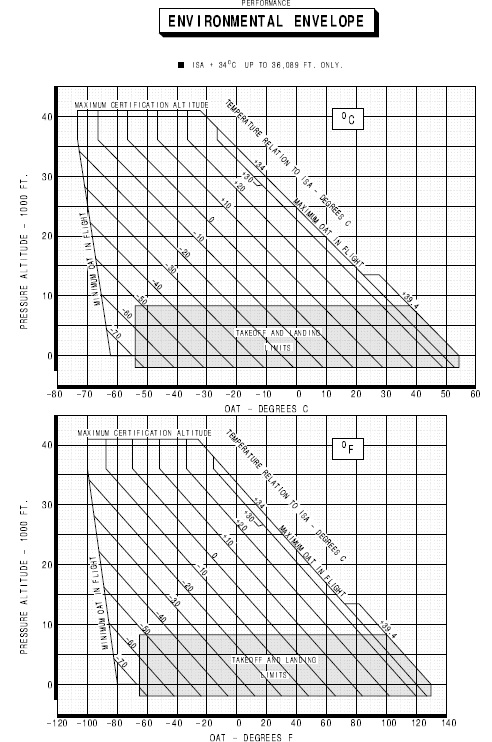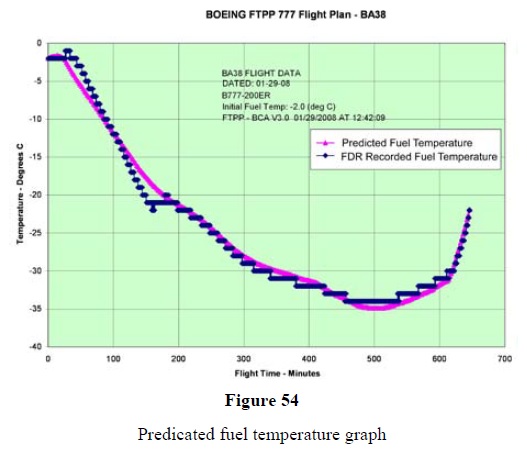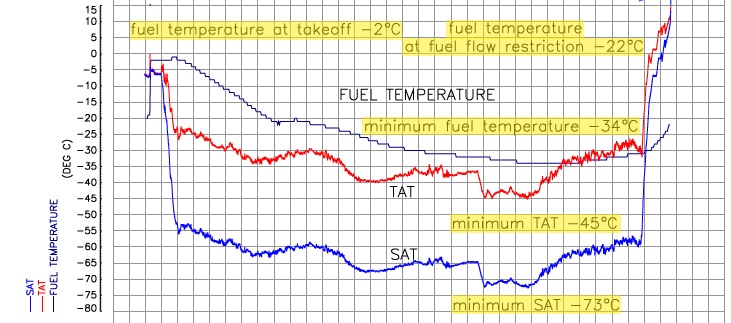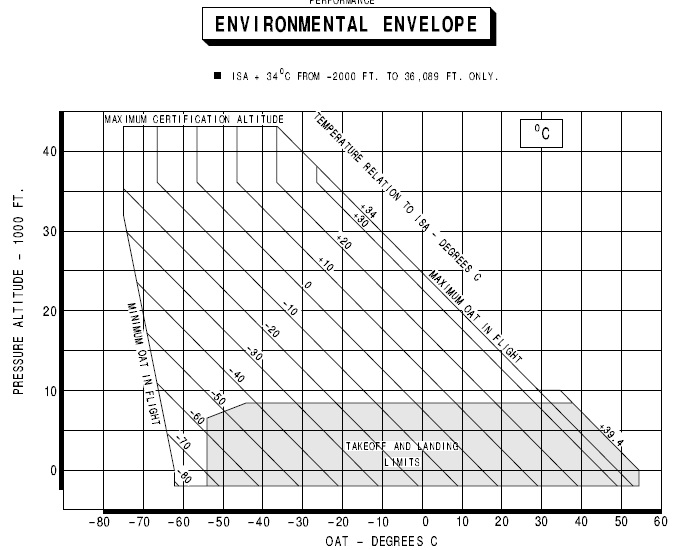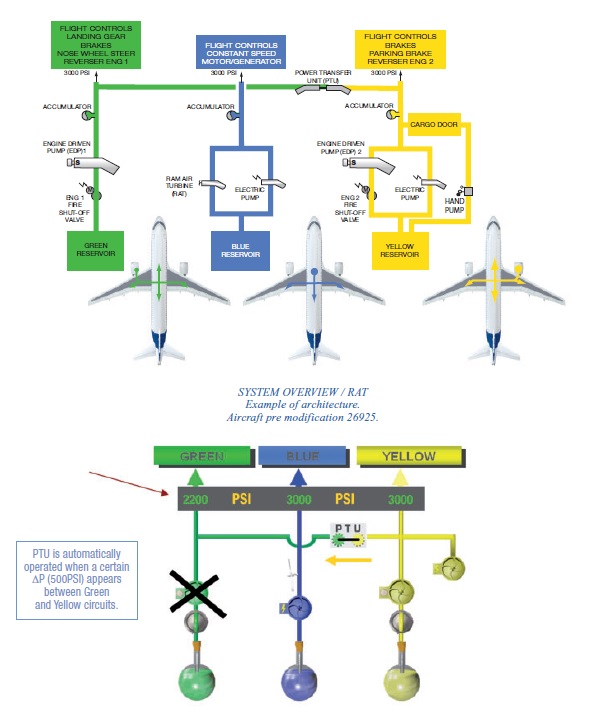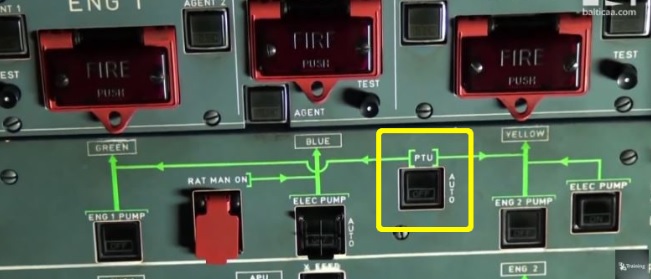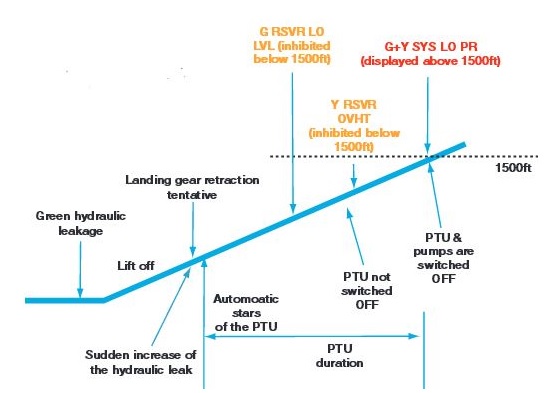 par Beochien Mar 11 Juil 2017 - 12:17
par Beochien Mar 11 Juil 2017 - 12:17
Juste noté un fait en révisant un peu ...
Oui ! Les moteurs du A320 NEO (P&W?)
tournent trop vite et poussent trop au ralenti, et malgré des progrès réalisés, ils tournent encore trop vite.
Ça peut compliquer, côté usage des freins, et peut être faire tourner les pompes de la "gear Box secondaire" plus vite que prévu au sol ... donc, beaucoup de recirculation de l'hydraulique, donc d'échauffement.
Vu aussi que le "Barking" vient d'une pompe de rééquilibrage (PTU) : Hydro drive-Hydro pompe, et probablement réversible, entre les circuits hydro, pas vraiment nouveau sur les A320, c'est un élément de sécurité, mais ça, plus ça, plus ça ... ben l'huile fini par chauffer !
C'est la "Power Transfer Unit" qui aboie ... en faisant son boulot

... surtout pendant le taxi sur 1 moteur.
La tolérance pour la T° de l'hydro au sol aurait été un peu relevée, aussi (Alarme plus haut placée

)
https://www.quora.com/Why-do-Airbus-planes-make-a-squeaky-barking-sound-when-they-start-their-engines-but-not-Boeing-planes
So, what is the “Power Transfer Unit”?The Power Transfer Unit (PTU) is a hydraulic driven pump. It transfers hydraulic power (hydraulic pressure) from one hydraulic system. In the Airbus, I believe it is from the green to yellow system. As it transfers pressure, it creates a squeaking noise. (Why this squeaking noise is created: only the people who designed the pump and some engineers really know)During engine startBefore I continue, it’s worth noting that the main source of hydraulic power in most airliners are the engines (hydraulic pumps mounted to the gearbox), so during engine start the increase and fluctuations in hydraulic pressure is expected. Similarly, when doing a single-engine taxi (*1), this means that one hydraulic system is left unpressurised/un-powered.It is fairly common for pilots to use single-engine taxiing procedures. The pressure in a hydraulic system in the un-powered hydraulic system drops below a certain minimum pressure threshold, causing the PTU to activate to restore hydraulic pressure in the un-powered system. It keeps on cycling on and off as the hydraulic pressure is restored and then lost again; this is why the squeaking sound is not constant. In other words, the PTU will switch on, then hydraulic pressure will be restored and it switches off, and then it needs to be restored again so it switches on again. This cycle continues for several seconds, hence leading to the ‘barking’ sound.It also does a self-test when the starboard engine (the engine on the right-hand side, facing forward) is started, and you will often hear it at this point even if your pilots are taxiing with both engines running.



